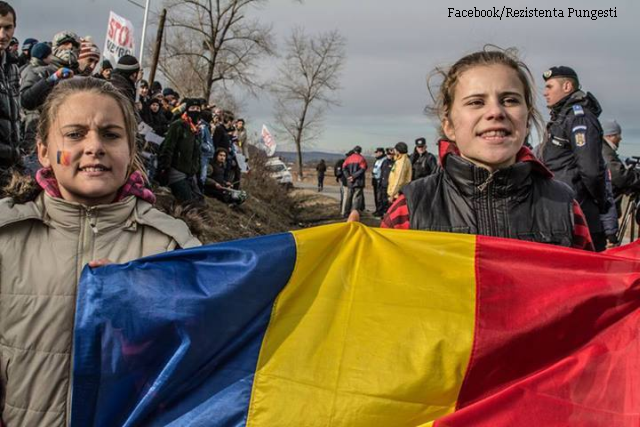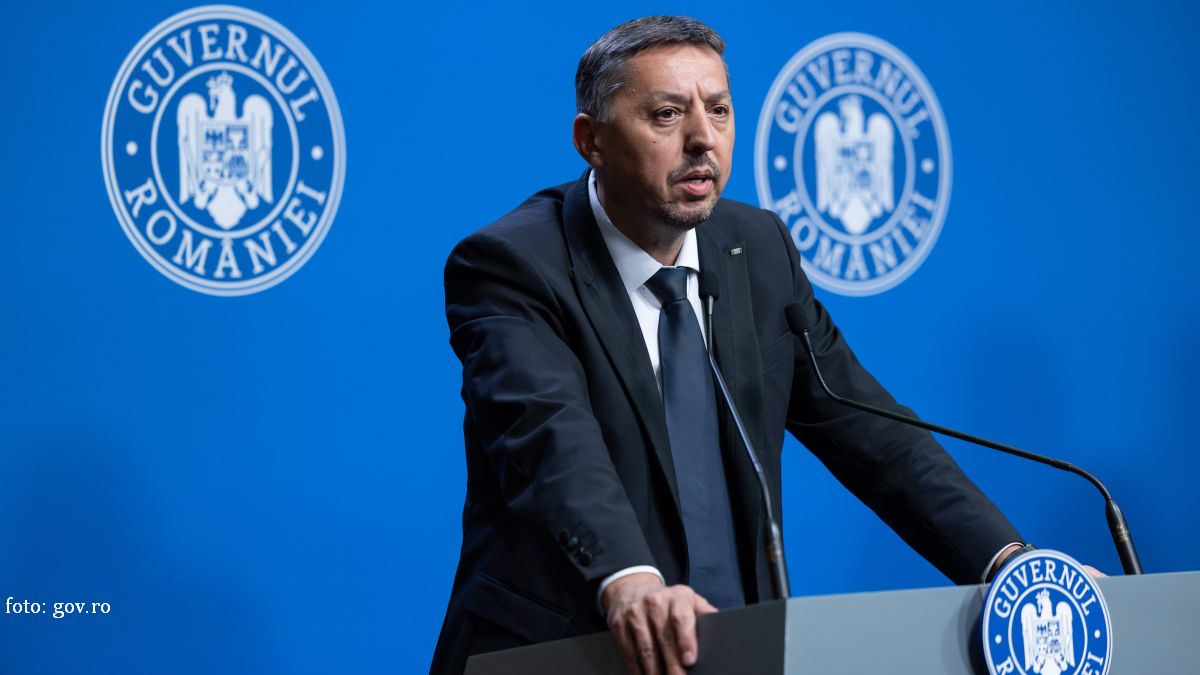Shale Gas Exploitation in Romania
Some 250 people took part in a rally against shale gas exploitation in the eastern Romanian town of Pungesti on Sunday. This was the first authorized protest movement this year. Protesters, both locals and ecologists, chanted slogans against the US company Chevron, the government and the permanent presence of gendarmes in the area. The locals have voiced their discontent for several months now, with some of the protesters going on a hunger strike in the month of December. The method used by the company to extract gas is the most controversial in the world, namely hydraulic fracturing, which is commonly known as fracking. This is a technique in which water is mixed with sand and chemicals, then the mixture is injected at high pressure into a wellbore to create small fractures, along which fluids, such as shale gas, migrate to the well, and can thus be exploited.

Corina Cristea, 20.01.2014, 13:27
Some 250 people took part in a rally against shale gas exploitation in the eastern Romanian town of Pungesti on Sunday. This was the first authorized protest movement this year. Protesters, both locals and ecologists, chanted slogans against the US company Chevron, the government and the permanent presence of gendarmes in the area. The locals have voiced their discontent for several months now, with some of the protesters going on a hunger strike in the month of December. The method used by the company to extract gas is the most controversial in the world, namely hydraulic fracturing, which is commonly known as fracking. This is a technique in which water is mixed with sand and chemicals, then the mixture is injected at high pressure into a wellbore to create small fractures, along which fluids, such as shale gas, migrate to the well, and can thus be exploited.
The protesters claim the procedure involves a huge quantity of water, no less than 35,000 cubic meters being used for the initiation of the process alone. Furthermore, there is a high risk of polluting air and underground waters, with a devastating impact on the flora and fauna across large areas. Other reasons invoked by protesters include the elimination of large plots of farmland from the agricultural circuit, earthquakes and landslides, as well as the difficult treatment of wastewaters. Last but not least, they mention the harmful effects on people’s health, because the fluid used during the exploitation allegedly contains dozens of extremely toxic substances. There are also arguments in favour of shale gas exploitation, most of them relating to the country’s energy independence, which is considered a strategic priority by the Romanian government. Heated debates started in the area in early October, when Chevron got a building permit to install in the area the first shale gas exploration drill and well in Romania.
The protesters, hundreds of people, destroyed and removed the fence surrounding the Chevron platform, thus prompting the decision makers to set up a so-called “special safety zone”. The number of gendarmes deployed to the area was increased considerably and traffic was restricted on a county road linking the town of Silistea to Pungesti, where Chevron owns a perimeter of 20,000 square meters, with the declared purpose of exploiting shale gas. 37 protesters, who were accused of destroying the fence surrounding the Chevron platform in December are now being prosecuted. This time, the rally staged on Sunday was a peaceful one, but the protesters say they will not give up the idea of taking to the street in the future, too. Furthermore, they decided to set up an NGO, to take to court a series of issues related to shale gas exploration in the area.






























